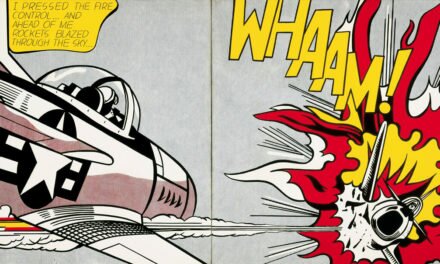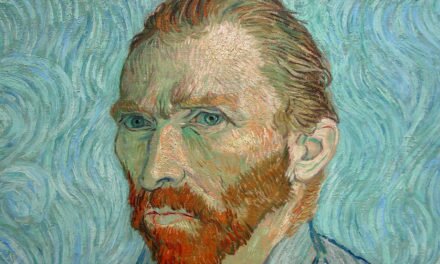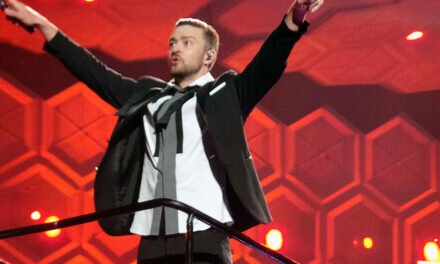Many people know just a few names of top classical music composers, such as Beethoven, Tchaikovsky, Chopin, and Bach, but most don’t know that classical music has actually been around for almost a millennium and has gone through many different changes in style and manner. Each era of classical music saw a few talented composers rise to prominence with their most prestigious pieces representing the sound of the era. Here are the seven eras of classical music, a timeless genre, hugely recognized, appreciated and emotive even today.
Medieval Era (1150-1400)
In its infancy during the Medieval Era, most classical music was in the form of basic Gregorian chants and other church music, such as Dies Irae (Day of Wrath). However, this era saw great developments as music shifted from monodic (containing one musical line) to organum (two to three lines moving simultaneously, therefore creating harmony). The most prominent composers, which included de Vitry, Giullame de Machaut, and Landini, wrote melodies that were governed by strict rules, partly due to the church’s influence.
Renaissance Era (1400-1600)
The Renaissance Era gave birth to increased freedom when it came to harmonies, and marked the shift from archaic-sounding modal sounds to major and minor scales being used. Choral music and keyboard music experienced a huge surge in popularity and complexity, with composers such as William Byrd, Giovanni Palestrina, and Thomas Tallis focused on writing masses. Byrd’s “Mass for Four Voices” is an iconic example of the era’s style.
Baroque Era (1600-1750)
This is where the modern concept of the orchestra was born, along with the whole genre of opera, with its associated arias and preludes. The invention of the violin, viola, cello and harpsichord lent novel sounds to compositions, creating beautiful textural intricacies no one had ever heard before.
Many structured and complex concertos were created in the Baroque, including those of the era’s top composers such as Johann Sebastian Bach, George Handel and Antonio Vivaldi. Music like Bach’s “Concert for Violin in E” began to be played outside halls and churches, and became popular at upper class social events and outdoor dinner parties.
Classical Era (1750-1830)
The sonata was the predominant form of composition in the Classical Era – a form that still dominates classical composition today. Plenty of concertos and symphonies were written in this era by musical geniuses such as Ludwig van Beethoven, who served as a bridge between the Baroque and later Romantic styles.
Joseph Haydn and Wolfgang Amadeus Mozart rose to prominence, and the music they composed in the Classical Era simplified the complex orchestral composition of the Baroque while focusing more on the melodic aspects of the music. Mozart’s “Eine Kleine Nachtmusik” perfectly captures this emphasis on melody.
Early Romantic (1830-1860)
In the Early Romantic period, composers started to seek methods of self-expression in their music, in addition to following pure formal structure. The rise of the modern piano, with its more powerful, sustained tone and wider range, helped the musical talents of the era achieve this goal.
Virtuoso composers such as Frederic Chopin, Felix Mendelssohn, Pyotr Tchaikovsky and Franz Lizst wrote touching and intense music with a wide emotional range, intended to convey tragic or romantic storylines. The expressiveness of Early Romantic music is beautifully conveyed in Chopin’s “Nocturne op. 9 No. 2”.
Late Romantic (1860-1920)
This poignant expression in classical music further developed in the Late Romantic era, reaching the point where compositions were less dictated by structure than they were driven by their emotional content. National schools and styles rapidly emerged throughout Europe, where composers sought to celebrate their national folk songs and traditions in their pieces. The grand, lush operas of Verdi and Wagner became all the rage.
Even composers such as Johannes Brahms, who ventured in a slightly different musical direction, still took a much more sophisticated, chromatic approach to their songs. The prelude to Richard Wagner’s “Tristan und Isolde” (above) conveys the dramatic tone of the times.
Modern Era (1920-present)
Perhaps the most polarizing and confusing era in classical music, the Modern Era of the post-WWI years has seen a dramatic range of styles come to the forefront of the music world. Some composers seem to draw their influence from methods that would not be out of place several centuries ago, while others experiment with electronic instruments and even the usually lyrical guitar in their pieces.
Though classical music became a more “elite” art form in this era, popular music such as jazz started influencing some compositions. Major composers of the modern era include Richard Strauss and Sergei Rachmaninoff, who bridge the late Romantic and modern eras, and the more contemporary Leonard Bernstein and Aaron Copland. The varied “Symphony No. 3” (above) by Aaron Copland captures some of the era’s different sounds.







